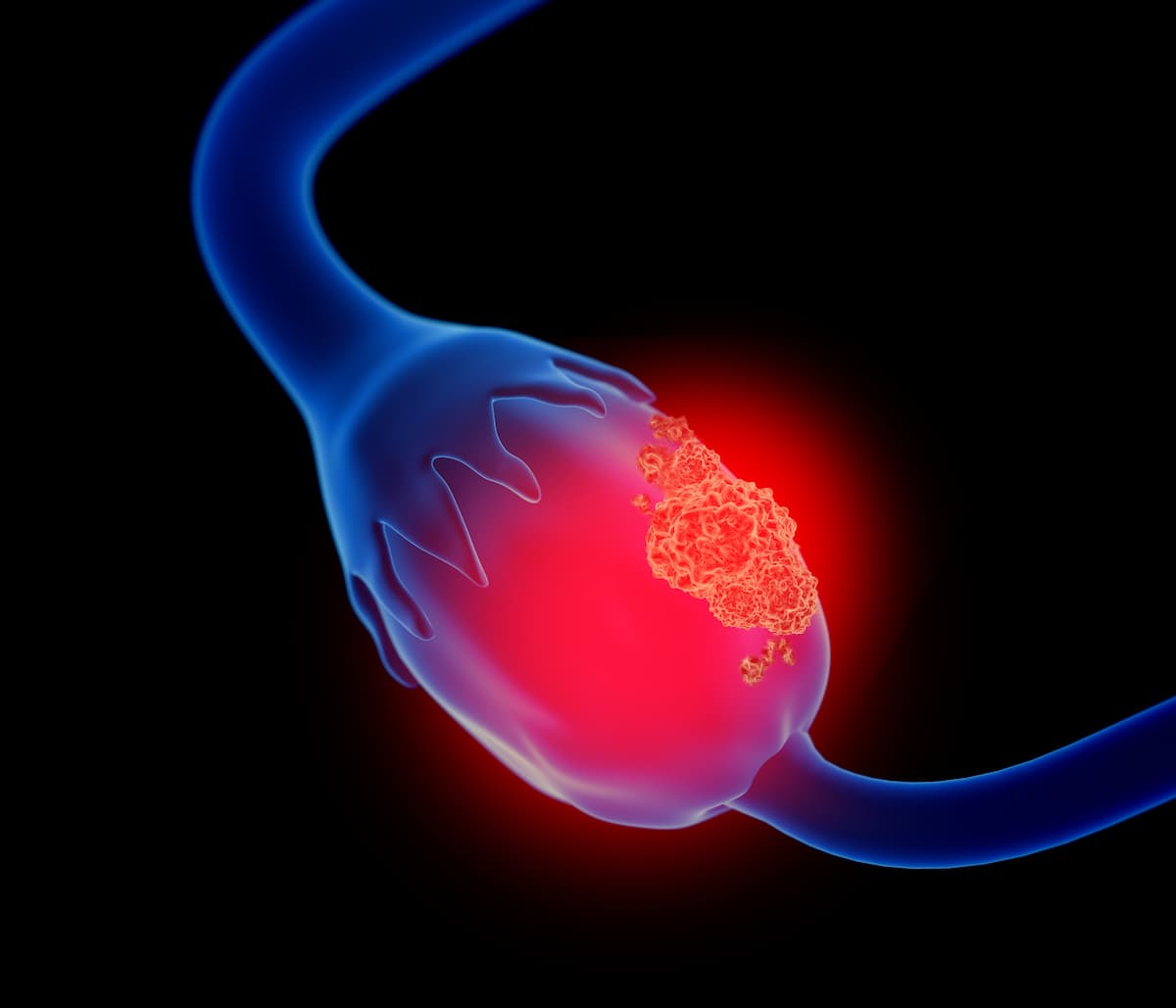Exercise May Mitigate Chemo-Induced Peripheral Neuropathy in Ovarian Cancer
Implementing exercise programs into standard oncology care may help improve quality of life for patients with ovarian cancer.
"Exercise could also prolong survival by improving chemotherapy adherence, if future studies show the effects of exercise on preventing CIPN during chemotherapy for patients with ovarian cancer," according to the study authors.

An aerobic exercise program produced promising reductions in chemotherapy-induced peripheral neuropathy (CIPN) among patients with ovarian cancer, according to findings from a secondary analysis of the phase 3 Women’s Activity and Lifestyle Study in Connecticut (WALC) trial (NCT02107066).
The CIPN score of patients assigned to 6-month exercise intervention decreased by 1.3 points (95% CI, –2.3 to –0.2), representing a 16% decrease. Investigators highlighted that the CIPN score for patients assigned to attention control increased by 0.4 points (95% CI, –0.8 to 1.5); the score difference between groups was –1.6 points (95% CI, –3.1 to –0.2; P = .03).
When considering only patients who reported 1 or more CIPN symptoms at baseline (n = 127), investigators reported that the CIPN score in the exercise group decreased by 1.6 points (95% CI, –2.8 to –0.5) or by 19% compared with an increase of 0.4 points (95% CI, –0.8 to 1.5) in the control group. There was a greater overall treatment effect among this subgroup of patients (–2.0; 95% CI, –3.6 to –0.5 points; P = .01).
“The study provides evidence of the potential benefit of exercise in attenuating a common chemotherapy adverse effect for which there is no accepted treatment,” the study authors wrote. “Incorporating referrals to exercise programs into the standard oncology care for patients with ovarian cancer could attenuate CIPN symptoms and increase quality of life. Exercise could also prolong survival by improving chemotherapy adherence, if future studies show the effects of exercise on preventing CIPN during chemotherapy for patients with ovarian cancer.”
Investigators of this secondary analysis evaluated how a 6-month aerobic exercise impacted CIPN among patients with ovarian cancer enrolled on the phase 3 WALC trial. Patients assigned to exercise intervention received weekly phone calls from an exercise trainer certified by the American College of Sports Medicine/American Cancer Society, who counseled them on participating in moderate-intensity aerobic exercise for 150 minutes every week. Those assigned to attention control discussed ovarian cancer health education topics with a WALC staff member in a weekly phone call.
The primary outcome of this secondary analysis was change in CIPN based on patient self-assessment with the Functional Assessment of Cancer Therapy/Gynecologic Oncology Group-Neurotoxicity (FACT/GOG/Ntx) scale, which ranged from 0 to 44. Investigators used a mixed-effects model to determine 6-month changes in CIPN in the exercise group compared with the attention control arm.
Patients 18 to 75 years old with stage I to IV invasive epithelial ovarian cancer within 4 years of study entry were able to enroll. Additional eligibility criteria included completing chemotherapy at 1 or more months before randomization, physician consent to undergo an exercise program, and the ability to speak English.
Of 134 patients in the overall population, 69 were assigned to exercise intervention, and 65 were assigned to attention control. The mean patient age was 57.2 years in the exercise intervention arm and 57.9 years in the attention control arm. Most patients in each respective arm were non-Hispanic White (97.1% vs 92.3%), received a college education or an advanced degree (55.1% vs 60.0%), and were unemployed or retired (46.4% vs 53.1%). Additionally, most patients had stage III disease (44.9% vs 40.0%) and previously received carboplatin plus paclitaxel (86.8% vs 76.6%).
The mean baseline CIPN score based on the FACT/GOG/Ntx questionnaire was 8.4 in the overall population; the mean CIPN score was 8.1 for patients assigned to the exercise intervention arm and 8.8 for those assigned to the attention control arm (P = .56). Overall, 94.8% of patients reported having at least 1 symptom related to CIPN at baseline, the most common of which included numbness or discomfort in the feet.
Reference
Cao A, Cartmel B, Li F, et al. Effect of exercise on chemotherapy-induced peripheral neuropathy among patients treated for ovarian cancer: a secondary analysis of a randomized clinical trial. JAMA Netw Open. 2023;6(8):e2326463. doi:10.1001/jamanetworkopen.2023.26463